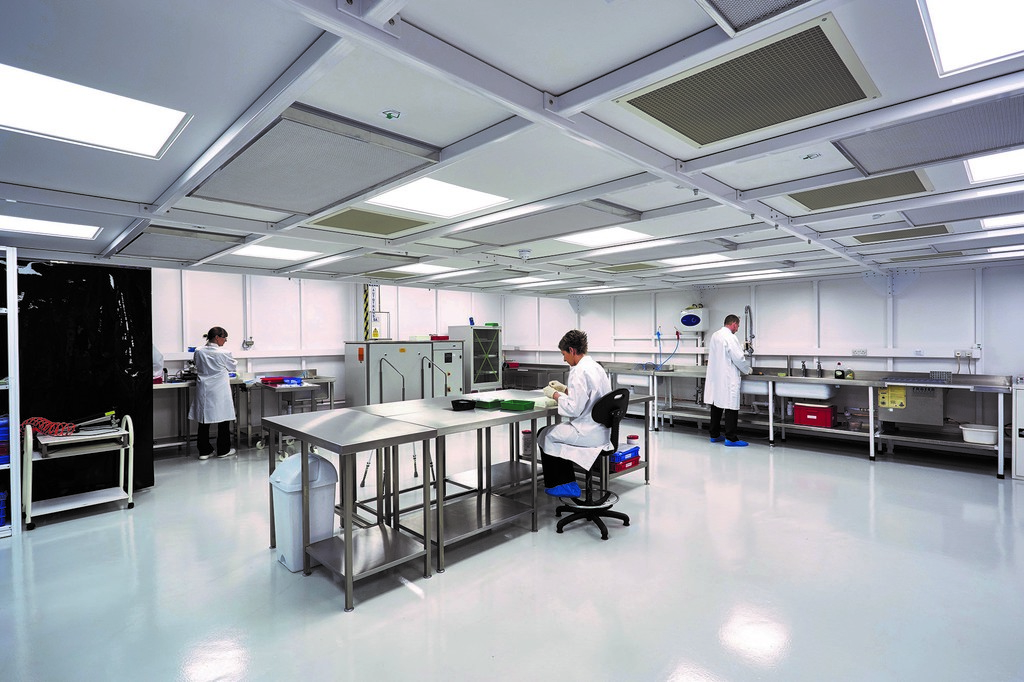

|
Edward Lowton
Editor |


|
| Home> | Industry update | >Company news | >Clean bill of health |
Clean bill of health
22 February 2016
Since William Hughes acquired AC Services in the summer of 2015, the company has been busy establishing an 80m² high specification clean room at its Stalbridge headquarters. Rated at Class 7 in accordance with ISO 14644-1, this advanced subcontract facility is now open.

Shaun Tattershall, special processes manager, says: “We wanted to create a facility featuring the latest, modular clean room technologies and furniture. We have adopted the solvent and aqueous cleaning systems – both of which offer ultrasonic capability – used by AC Services, but pretty much everything else is new.”
This includes high grade stainless steel furniture that is designed to help minimise particulate levels. What’s more, the open plan clean room has been designed for optimum product flow based on the latest lean manufacturing methodologies. It is said to be suitable for any company looking to subcontract its cleaning requirements, not just from the aerospace and hydraulics industries, but also defence, nuclear, medical, electronics and oil and gas.
The new clean room, which incorporates an inspection dark room so that parts can be viewed under ultra-violet light, is already being used for oxygen-related cleaning applications, predominantly for aerospace giant, Honeywell. Typically, these comprise high precision machined components, springs and other parts that go into oxygen equipment such as breathing apparatus, face masks and ducting. These parts, some of which are also used in liquid oxygen (LOX) systems, are cleaned using approved cleaning solvents and solutions.
“The existing class room specification for these products is ISO Class 8, so our ISO Class 7 facility is more than suitable – it’s the equivalent of a Class 10,000 cleanroom using the Fed Stan 209E,” says Tattershall.
William Hughes can offer in-house cleaning verification capabilities. Here, samples are taken from batches that have been cleaned. The samples are rinsed with filtered, deionised water over a 0.45µm filter membrane. Any particulates captured are both counted and examined under a microscope. As a result, customers can rest assured that their components will always meet the specified particulate count. This confidence is vital; after all, a contaminated system component/assembly could result in a chemical reaction, an explosion and/or a total system or device failure.
“We take the utmost care with customer parts and ensure that all cleaning is compatible with the component being processed,” adds Tattershall. “Cleaned items are placed into hermetically sealed bags that will not be opened again until required for further processing, such as assembly.”
The solvent and aqueous cleaning systems within the new facility at William Hughes can accommodate precision parts up to 300 by 200mm. Along with metallic parts, materials such as rubbers or plastics (or a combination of these with metal) can also be cleaned.
- European operations expanded
- Passivation explained and demonstrated
- New factory opens
- £1/4 million investment
- Offering plasma welding expertise
- Acquisition announced
- William Hughes expands aerospace quality programme
- Rapid prototyping
- Investment in welding technology
- Equipped with 3D measurement scanner

















